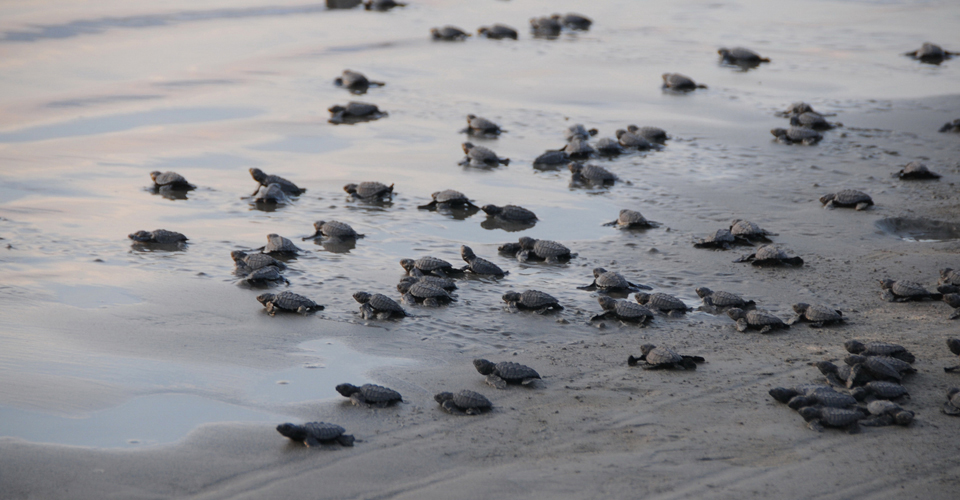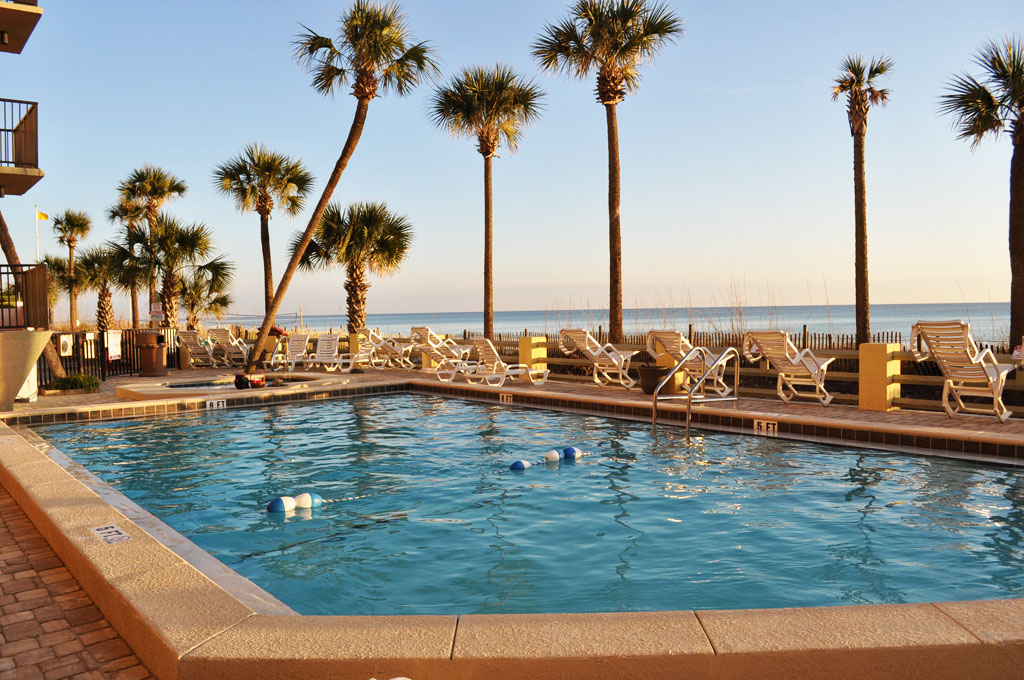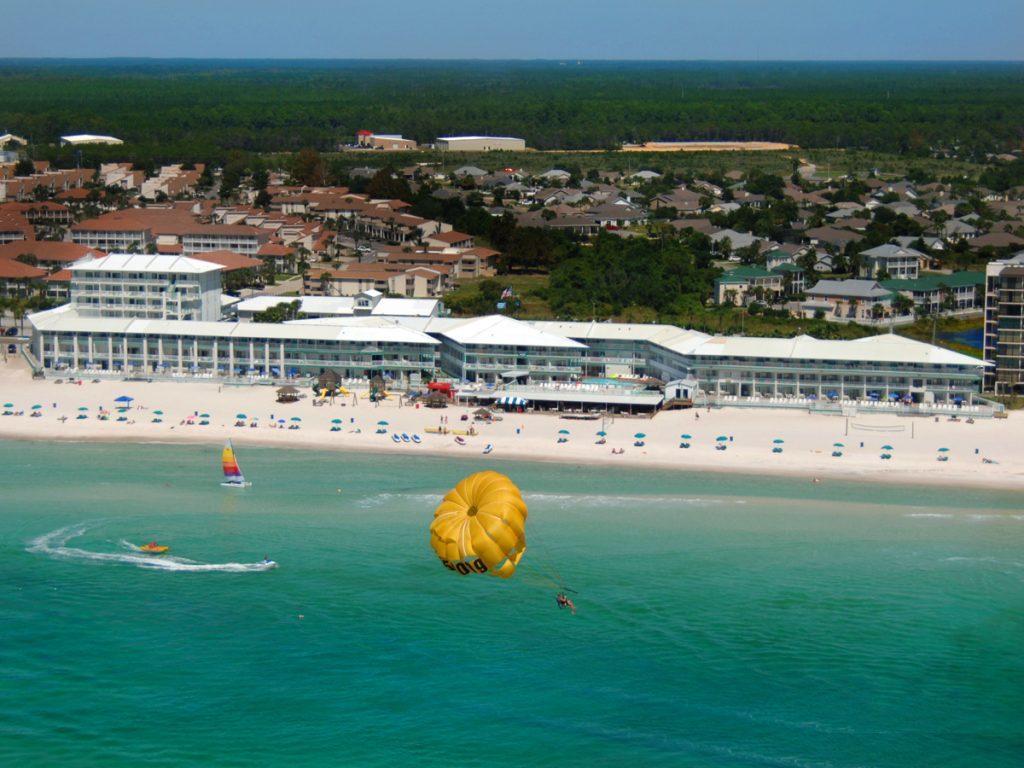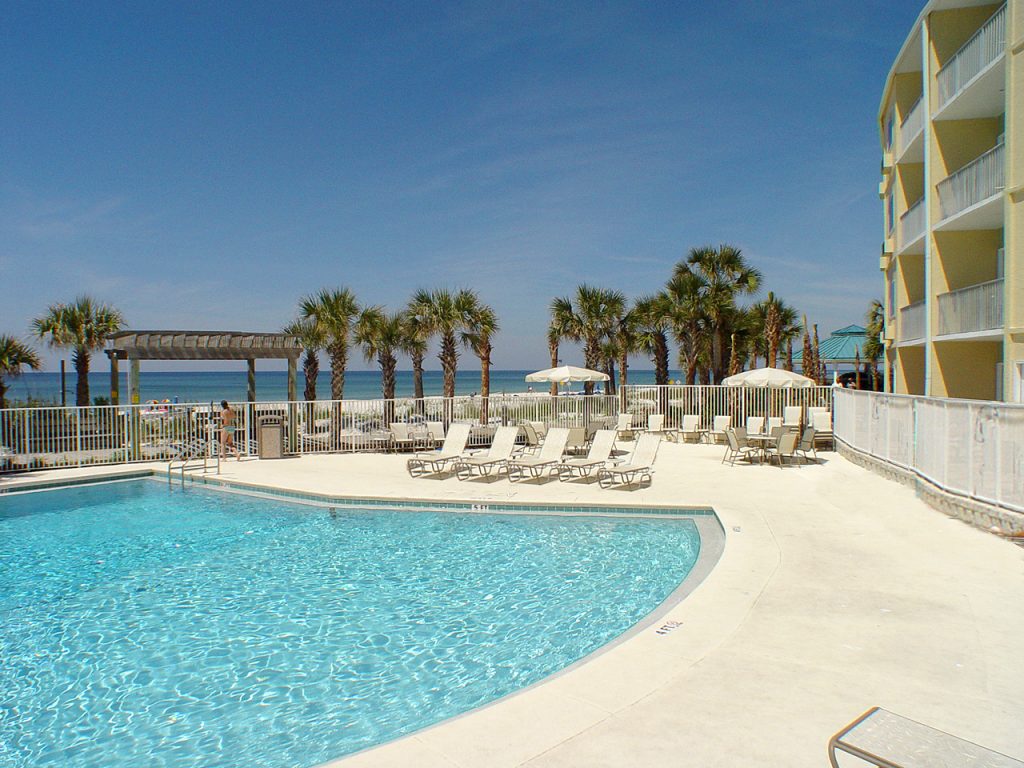Sea turtles have been in existence for a very long time, and are among the oldest and largest living reptiles in the world. Their history dates back to prehistoric times. However, their numbers are dwindling, and it is very important to make sure this species does not disappear from the oceans or the beaches on Panama City Beach.
The tourism industry in Panama City Beach, Florida, takes protecting nature and the sea turtles very seriously (currently, the sea turtles are protected by State and Federal law as threatened and endangered species). Officials encourage both visitors and locals alike to make a conscious effort to ensure the safety of these incredible, unique and important coastal creatures.
While sea turtles spend the majority of their lives at sea, each year these gentle creatures come ashore to lay their eggs. An egg-laying female will leave the water at night in search of a safe place where she can dig a hole, and deposit her eggs. Once the eggs are laid, the female covers the nest with sand, and heads back to the sea, never to return to check on the nest.
It is possible for female Green Sea Turtles to lay several clutches of eggs during a single breeding season. Each clutch is usually between 100 and 200 eggs, and the female may not breed again for several years.
Green sea turtles live in one part of the ocean and undertake a long journey in order to mate and lay their eggs on the same beach they were born on. For some adult female turtles this living and breeding cycle could mean a round trip of 3000 miles.
Once the eggs hatch (approximately 40-75 days later), the baby turtles emerge from their nest and head for the sea. Baby sea turtles hatch at night, and instinctively follow the natural light from the moon and stars to find the water’s edge.
Baby sea turtles face both natural dangers and man-made dangers during their nighttime journey across the sand, on their way to the warm Gulf waters. Aside from natural predators preventing their trip to the water, if artificial light interferes, the babies may head in the wrong direction and never make it to the water.
Officials ask that you never disturb a sea turtle or a marked sea turtle nest. If you happen to see a sea turtle crawl up the beach, please leave her alone. Be as quiet as possible as you observe from afar.
Remove any personal beach chairs and umbrellas, tents, and play equipment from the beach each night. This will keep turtles from being injured or trapped in any unnecessary objects left on the beach.




